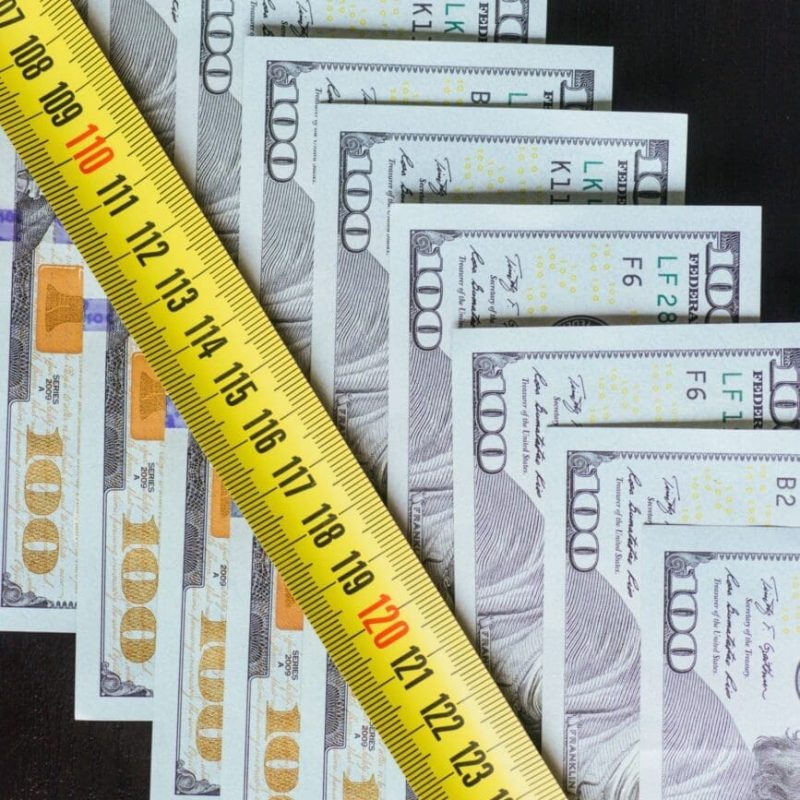Motivated by the distinctive paradoxical nature of the Nigerian economy as the only OPEC oil-exporting economy that yet depends heavily on the importation of gasoline, we are compelled to re-examine the accuracy of the oil-based augmented Philips curve model in the predictability of inflation. Using quarterly data from 1970 to 2020, we investigate whether including the exchange rate into the oil price-based augmented Phillips curve improves the accuracy of forecasting inflation for the Nigerian economy. We rely on the outcomes of our preliminary analysis to account for the presence of endogeneity, persistence, and conditional heteroscedasticity in the predictability of inflation following the Westerlund & Narayan (2015) procedure. We find the extended variant of the oil price-based Phillips curve model that includes the exchange rate pass-through as most accurate for improving inflation forecasts in Nigeria. Given the robustness of our results from several models, we conclude that the exchange rate channel through which shocks to the oil price transmit into the economy is essential for forecasting inflation.
- About Us
- Team & Board
- Email Sign-Up
- Contact
- Your recent searches
- Submit a Working Paper


